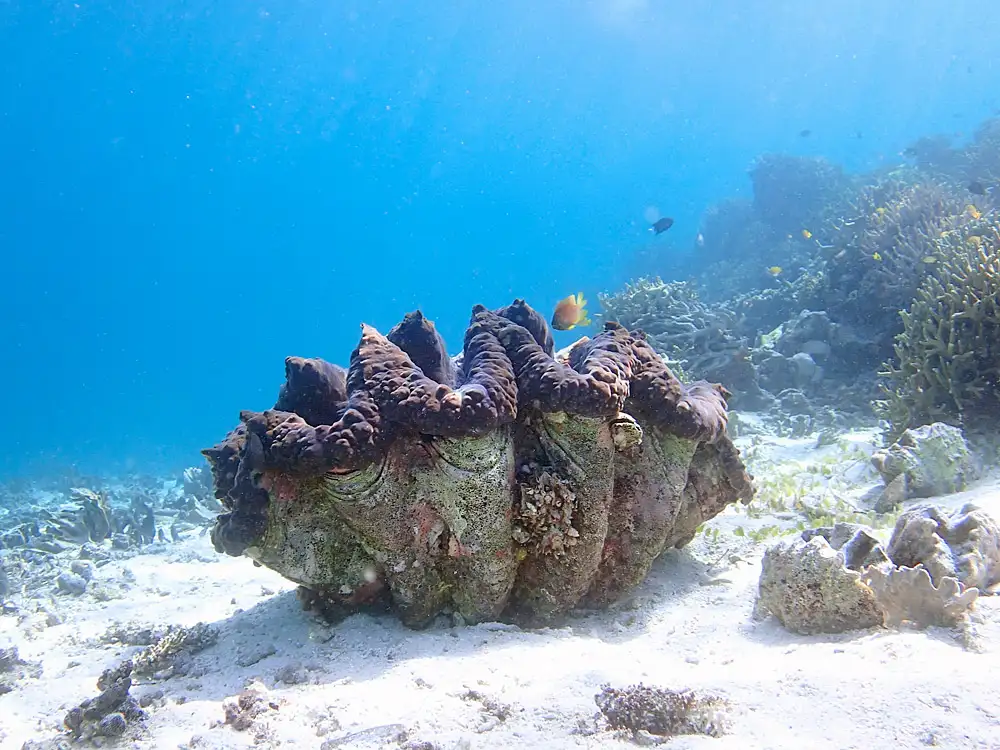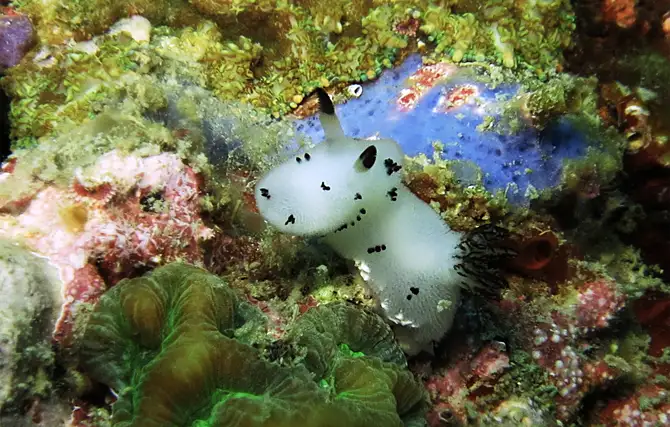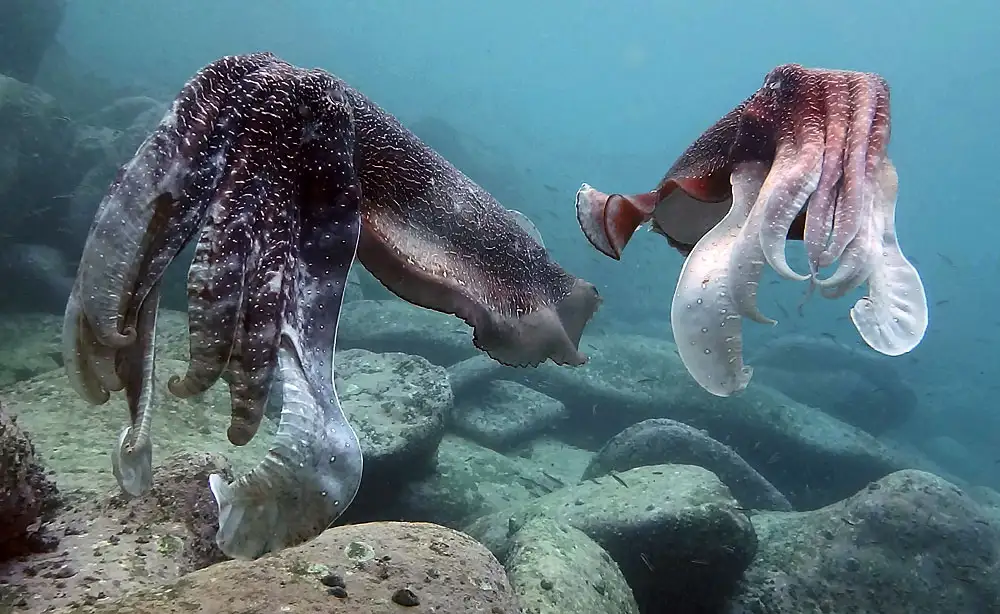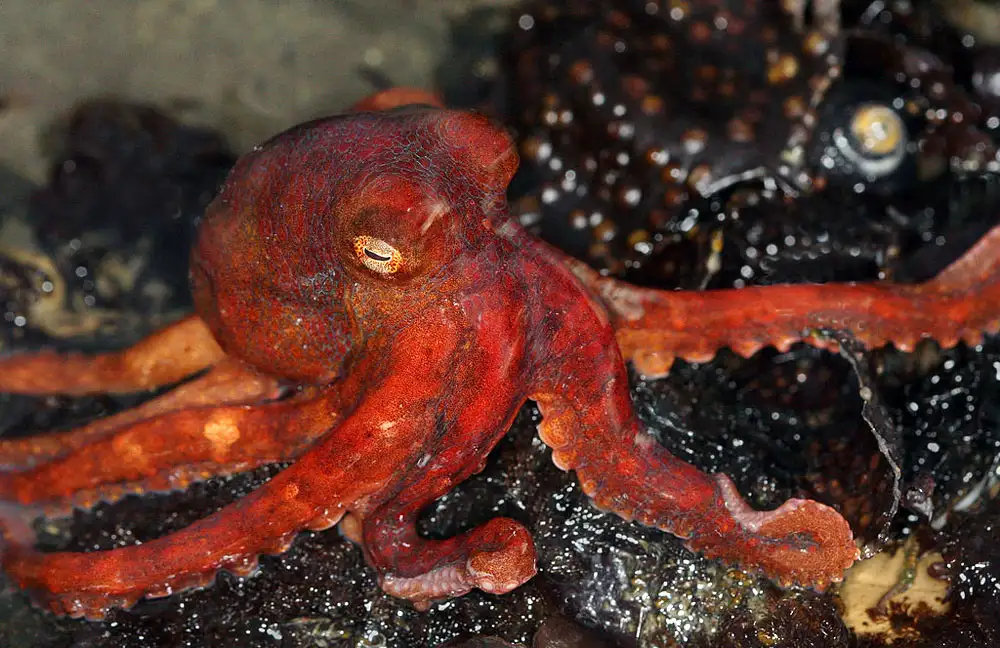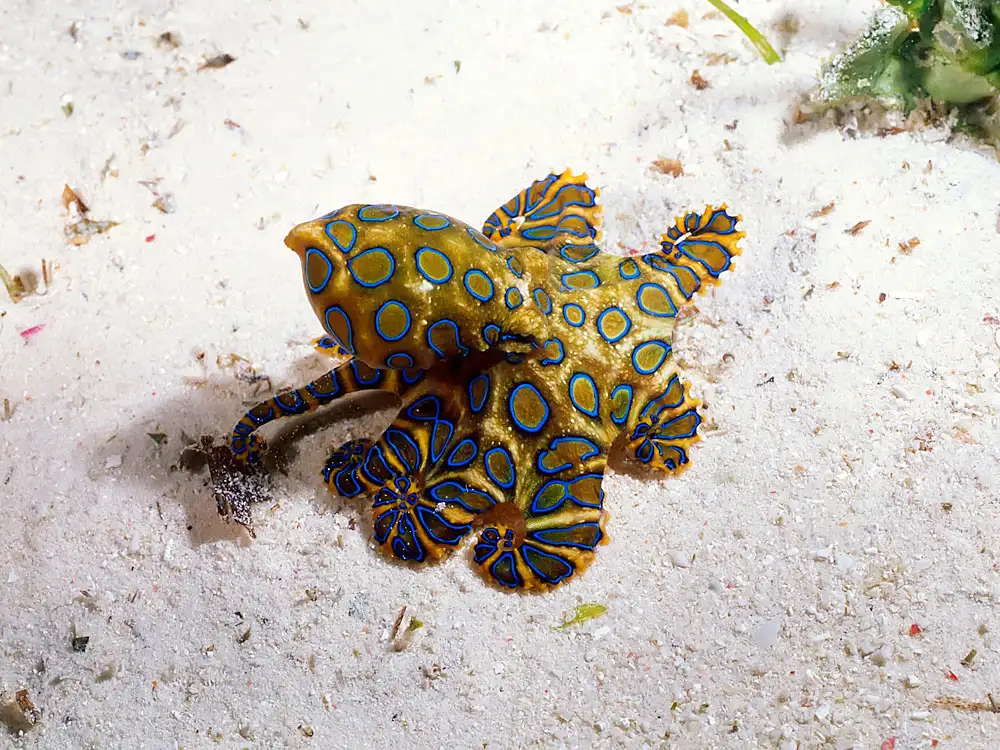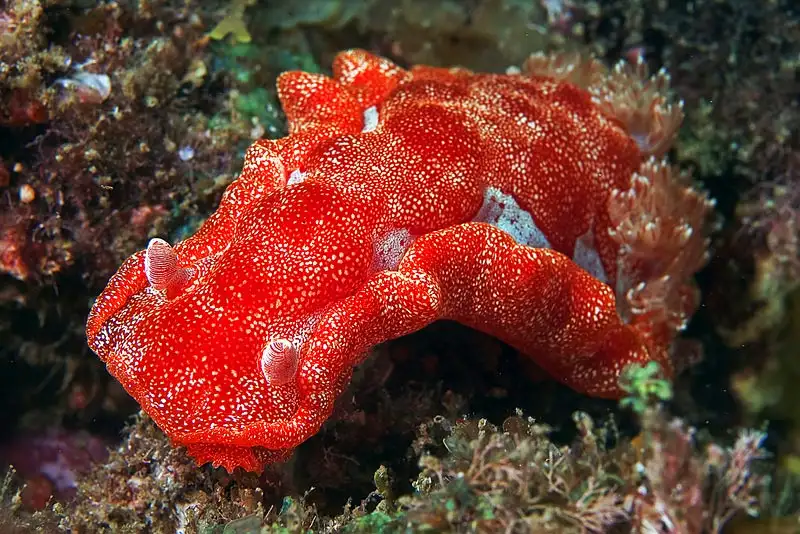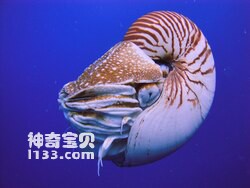Achatina fulica
IUCN
LCBasic Information
Scientific classification
- name:Achatina fulica
- Scientific Name:Achatina fulica,Brown cloud agate snail, Chinese white jade snail
- Outline:Mollusca
- Family:Gastropoda Stylophora Agatenidae A.G.Snail
Vital signs
- length:7-20cm
- Weight:About 32g
- lifetime:5-6years
Feature
It is named because its head, neck, abdomen, feet and body muscles are white like jade.
Distribution and Habitat
The native place is East Africa, but now it is widely distributed in the humid and hot areas of Asia, the Pacific Ocean, the Indian Ocean and the Americas. It mainly lives in vegetable fields, farmlands, orchards, parks, rubber plantations, dark and humid environments with overgrown weeds, lush trees, and lush crops, as well as in humus soil, dead grass piles, caves, and under branches, fallen leaves and stones.
Appearance
The white jade snail is named after its head, neck, abdomen, feet and body muscles are as white as jade. It carries a spiral shell on its back, so it is called "single shell". The shell is low cone-shaped. The head is prominent, with 2 pairs of antennae, and the latter pair has eyes at the top. The flesh color is as white as jade, so it is called "white jade snail". There are flat and wide feet on the ventral surface, and the feet secrete smooth and white mucus. The top wall of the mantle cavity is rich in blood vessels for breathing air into the lungs. There is a small round hole next to the trunk where it meets the snail and leads to the lungs. The genital opening of the hermaphrodite is behind the large right antennae on the neck. When walking, the body extends out of the shell, and when disturbed, the head and body are retracted into the shell. If it is dry or hibernating, it secretes mucus to block the shell opening.
Details
The scientific name of the white jade snail is Achatina fulica, also known as the brown cloud agate snail, which is a subspecies of the African giant snail.
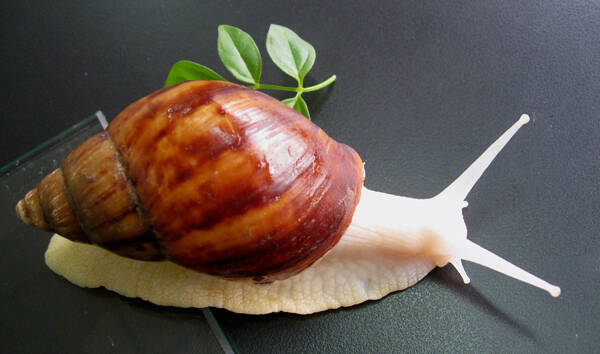
White Jade Snail lives on field crops, forest trees and humid environments. It is sensitive to light stimulation. Its visibility in weak light is 6 to 7 cm, while its visibility in strong light is less than 1 cm. It likes to grow in a humid environment and likes to burrow into loose soil. Its main purpose is to absorb nutrients, organic matter, and calcium, regulate body water and temperature and humidity, prevent enemies, and lay eggs. It often comes out in the early morning and dusk, moves slowly, and has a keen sense of smell. Its diet is wide and varied. Newly hatched white jade snails mostly eat decaying plants, while adult white jade snails eat the roots, stems, leaves, flowers, and fruits of succulent plants (such as various vegetables, leaves, fruits, etc.). They often lick tender and juicy plants with their tongues, so they are enemies of plants. Generally, they are fed with broad-leaved plants such as cabbage, green vegetables, and lettuce in spring; in summer, they can be fed with a large amount of sugarcane, sunflower leaves, and various fruit peels; in autumn, the temperature is low and the appetite is reduced, so they can be fed with some vegetable leaves. White jade snails do not eat grass and weeds, and refuse to eat onions, leeks, and garlic that have pungent tastes. However, when hungry, they will also cannibalize each other.
White Jade Snail hides in mud holes, wall cracks, weeds or under leaves during the day. In winter, it hides in stone crevices or soil to avoid the cold. White Jade Snail is hermaphroditic, cross-fertilized, and mates mostly at night or at dawn. April to June and September to November are the seasons for snails to lay eggs. They can lay eggs 6 to 7 times a year. The eggs can hatch into young white jade snails in about 8 days, and the average lifespan is 5 to 6 years. It is extremely sensitive to the environment. When the humidity and temperature are not suitable, the snail will retract its body into the shell and secrete mucus to form a protective film to seal the shell mouth to overcome the interference of the adverse environment. When the environment is suitable, the protective film will automatically dissolve and resume activity. Therefore, attention should be paid to the influence of temperature and humidity during the breeding process. The suitable temperature is 16℃~30℃, humidity is 60%~85%, soil humidity is about 40%, pH is 5~7, and it will go dormant when the temperature is below 15℃ and above 35℃, and stop growing and reproducing.
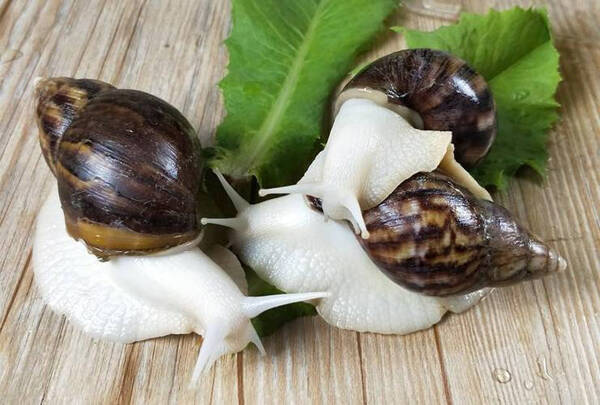
The white jade snail is hermaphroditic and mates with different sexes. Artificial breeding can reproduce all year round as long as the temperature and humidity are suitable. It usually takes 6 months from hatching to sexual maturity. After mating and fertilization, eggs can be laid 15 to 20 days later, and the eggs are laid in the cave. The eggs are the size of mung beans, and are covered with a layer of shiny white membrane. Each time, about 150 eggs are laid, and the young snails can be hatched in 8 to 15 days. The life span is generally 5 to 6 years.
The white jade snail is a terrestrial shell mollusk, and is the best among edible snails. It was bred by Chinese scientific research departments from wild brown cloud agate snails, so it is also called Chinese white jade snail. Its meat is fat and tender, rich in nutrition, high in protein, low in fat, and cholesterol tends to zero. It contains more than 20 kinds of amino acids. According to 100 grams of snail meat dry matter, it contains 73.61 grams of protein and 2.4 grams of fat. Regular consumption can increase nutrition, enhance endurance, improve physical fitness, keep the skin tender and healthy, delay aging, and prolong life.
As a food, it is listed as the first of the four famous dishes in the world - snails, shark fins, scallops, and abalone; one of the seven popular game in the world. It is known as "French cuisine" in France. In Europe and the United States, Christmas is almost to the point where snails are not celebrated. The African giant snail, also known as the brown cloud agate snail, is the largest individual terrestrial snail in the world. The so-called white jade snail is actually a subspecies of the African giant snail, weighing up to 800 grams and with a shell up to 20 cm long. The African giant snail is sometimes eaten as a food. Recently, this snail has become one of the most harmful agricultural pests in Southeast Asia.
Protect wild animals and eliminate game.
Maintaining ecological balance is everyone's responsibility!

